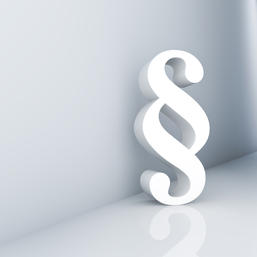
Germany adopts transposition of EU WEEE Recast
Germany has taken another important step to reform its law on WEEE (ElektroG) according to the EU WEEE Directive II/WEEE Recast (2012/19 / EU): in its meeting today the German Bundesrat has adopted the law on the amendment of the ElektroG. The law is planned to enter into force this autumn.
With the WEEE directive, the EU aims to achieve that in future much more electrical and electronic equipment will be disposed of in a professional and environmentally sound way. Therefore it gradually increases the relative collection rates: From 2016 on, member states need to collect and professionally dispose of 45 per cent of the average weight of the put-to-market amount of electrical and electronic equipment during the three previous years. From 2019 on, the rate is increased to 65 per cent.
Germany achieved collection rates of around 45 per cent since 2010 already.
To facilitate the product returns for consumers, the reformed ElektroG obliges large distributors with a sales area of over 400 square meters to take back a similar old equipment free of charge when selling a new one (so-called 1: 1 take-back). Moreover, they need to accept any used small appliance with a maximum edge length of 25 centimetres without any sale. Smaller shops and grocery stores are exempt from the obligation to take back, online retailers are not. The latter have to either take their costumers' old equipment with them when delivering a new one or offer their customers a drop-off point or shipping option within a reasonable distance.
Other key changes are:
- Scope of application of the law: from 2018 on, it targets all types of electrical and electronic equipment, including products such as photovoltaic modules, which previously were not subject to mandatory redemption.
- Modification of collection categories from 2018 on: E.g. battery-operated WEEE assigned to collection category 5 need to be collected in separate containers to facilitate the collection and transport of equipment with lithium-ion batteries according to the requirements applying dangerous goods.
- Increase of the recycling and recovery rates by 5 per cent from mid-2015
- Obligation to disclose and public listing for certified primary treatment facilities.
- Establishing of the so-called "Authorized Representative" (see our report here>
- Increase of transparency on material flows by clarifying and extending quantity reports for all stakeholders.
The current draft for the amended ElektroG can be found here >.
The resolution can be downloaded here >.
Learn more on RLG's & CCR's services regarding Environmental Compliance Management >.
Picture: © istockphoto - froxx
